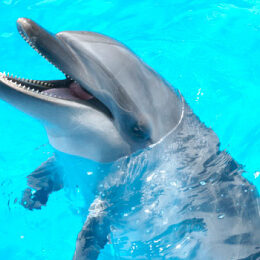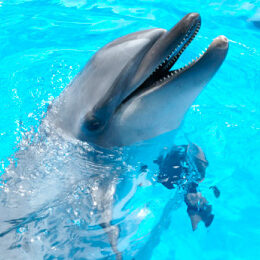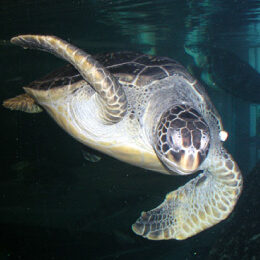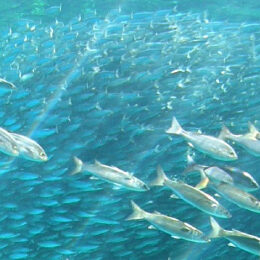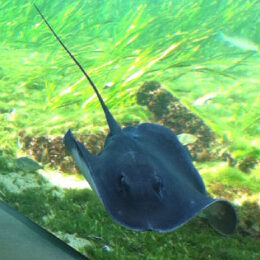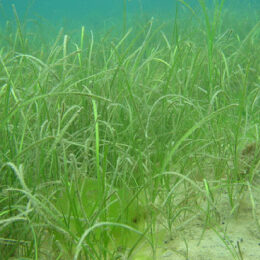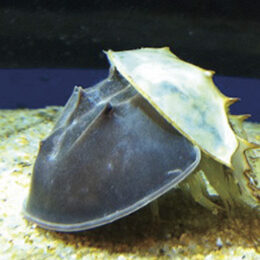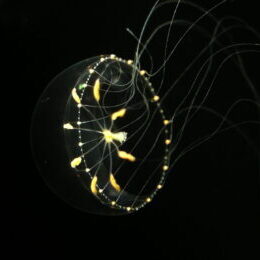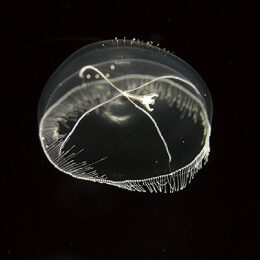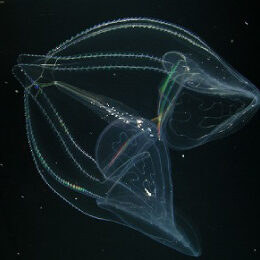Click on animal pictures to find more information!
Common bottlenose dolphin(NAMI)

Common bottlenose dolphin(NAMI)
It is characterized by a white mouth,energetic and playful girls, but occasionally timid.
Common bottlenose dolphin(NIHA)

Common bottlenose dolphin(NIHA)
Very reliable, like a strong sister. In Japan’s original skills of passing between dolphins, through research with university professors, it was known that NAMI cooperated successfully after sending out a signal of passing between dolphins in water.
Sea turtle

Sea turtle
There are three green turtles in Umikirara. According to their personality, they are given the names of national cartoon characters. In the evening, you can see sleeping with the wrinkled-lip shark.
Sardinops melanostictus

Sardinops melanostictus
One of the representative fishes of the Kujukushiam Bay. Thousands of fish are preyed on by wild birds because the tank has no ceiling, which is another headache for breeders.
Dasyatis ushiei

Dasyatis ushiei
After being discovered by local fishermen in June 2010, they moved into Haishen. The whole length (including the tail) is about 3 meters and weighs 150 kilograms. In March, 2011, the baby Sticky Bull was born in a big water tank. After two years in the sea meadow, the baby met her mother in the big tank in December 2012. Now you can see the parents and children swimming together in the big flume.
Zostera marina

Zostera marina
Seaweed lives only in the beautiful sea. In the ocean ofKujukushima, there are many seagrass grasslands, which raise small creatures and small fish. They are called “the cradle of the ocean”.
Horseshoe Crab

Horseshoe Crab
In Umikirara, the horseshoe crabs, known as the living fossil, was successfully bred. In Haishen, the baby and oviposition of the horseshoe crab can be seen. With the help of local students, we will also investigate horseshoe crabs on the beach of Kujukushima.
Octophialucium
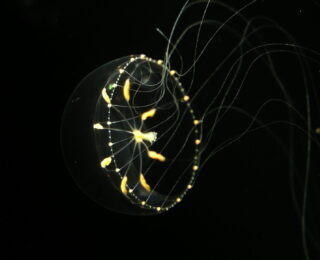
Octophialucium
In March 2010, in the waters of Kujukushima sea, Staff collected the first confirmed jellyfish from Japan. There are eight star-like gonads and eight tendon-like radiation tubes, hence the name. The jellyfish lab also reproduced successfully.
Watagekurage

Watagekurage
In September, 2011, Staff collected it in the waters around Kujukushima Bay. It is the first confirmed new variety in the world. It is only 2 cm after adulthood. It also breeds successfully in the aquarium laboratory.
Kiyohimea auritaKomai & Tokioka

Kiyohimea auritaKomai & Tokioka
In January 2008, the sparse variety adopted by the staff of Umikirara. The body length is about 5 cm to 8 cm, which is characterized by caring shape. Shining under the reflection of light, names and shapes are very beautiful. Reproduction is difficult, so it is only shown when it is taken.









